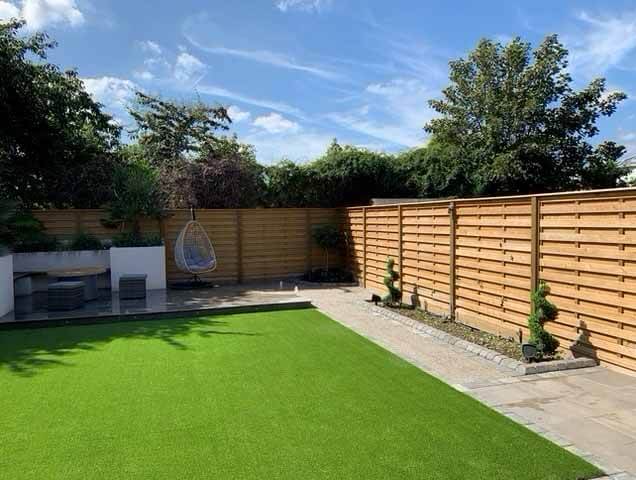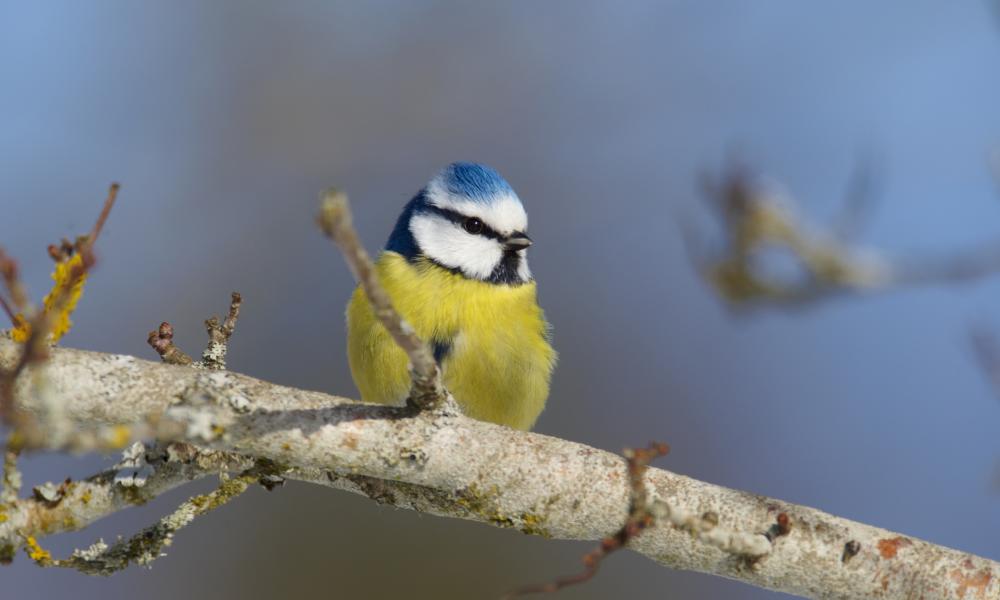We all have to contribute
Ella grew up in Germany, Italy, the U.S. and Israel. At 17, she received the Bavarian Environmental Award for significantly lowering the water consumption of her home town. As part of Fossil Free Berlin, she is campaigning for the city of Berlin to divest its capital reserves from the fossil fuel industry. In 2016, she funded an association and recently launched a platform for members of German pension funds to demand divestment of their pensions. Divestment fills her with hope to tackle climate change: As a pragmatic environmentalist, as a responsible parent, as a hands-on optimist. Ella carries a communication design degree and a Master of Art. She started out with a four letter yahoo email address and helped shape the advance of digital services in agencies in Hamburg, New York, Berlin – and at betterplace.org. She has tought in several media schools, such as the Springer Akademie and the EMS Babelsberg. Today, she works as a Berlin based expert on service strategy and design.



